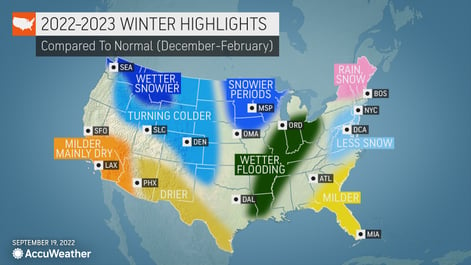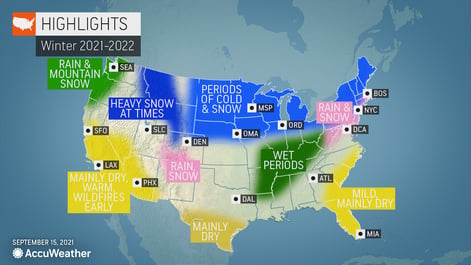Hurricane season 2021 is coming to a close. Why is it suddenly so quiet?
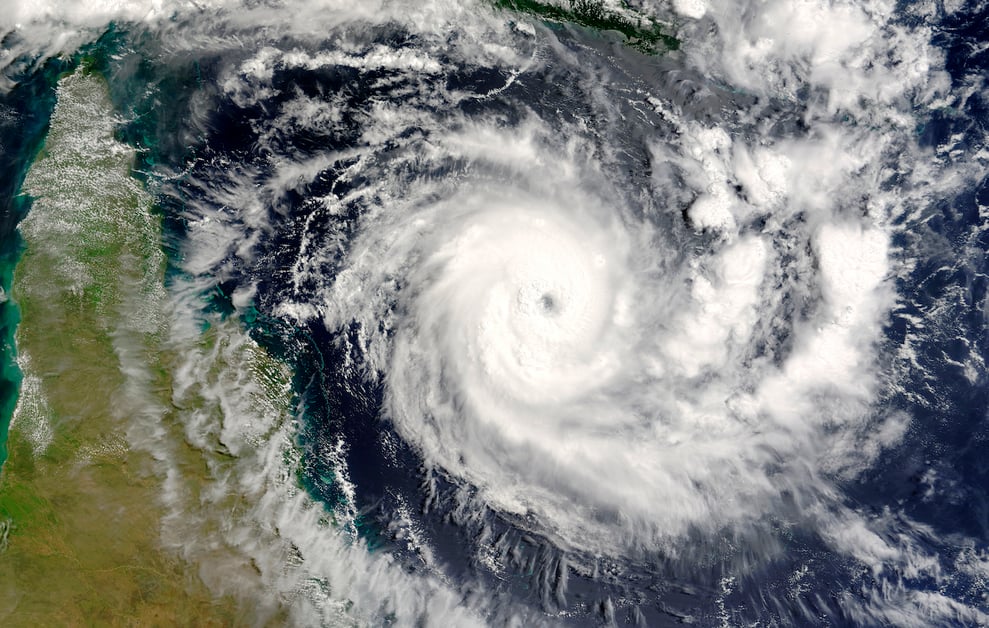
Summary
After a hectic start, this year’s hurricane season is coming to a calm end thanks to some key weather factors driving the change.
Key Highlights
2021 hurricane season got off to a record-breaking start
Wind shear and La Niña are impacting storms late in the season
SkyGuard® helps businesses track the tropics and stay protected no matter the season
Calm Close
With just a month left to go, the 2021 hurricane season is nearing its end. But what is usually the busiest time for Atlantic storms has turned out to be quite inactive. The season certainly got off to an active start with five named storms formed by July 1st, surpassing a record set only last year. By mid-September eight storms had made landfall in the U.S. — but then it all slowed down.
A couple of factors are helping to feed this shift in storm development. Typically, at the beginning of the season (June-September), tropical waves emerge off the coast of Africa. However, in the latter part of the season (October-November), storms instead originate in the Caribbean Sea. This year the wind shear in the Caribbean is stronger than normal. These powerful winds kill any chance of storm development by stripping away moisture from its center, which is crucial for strengthening.
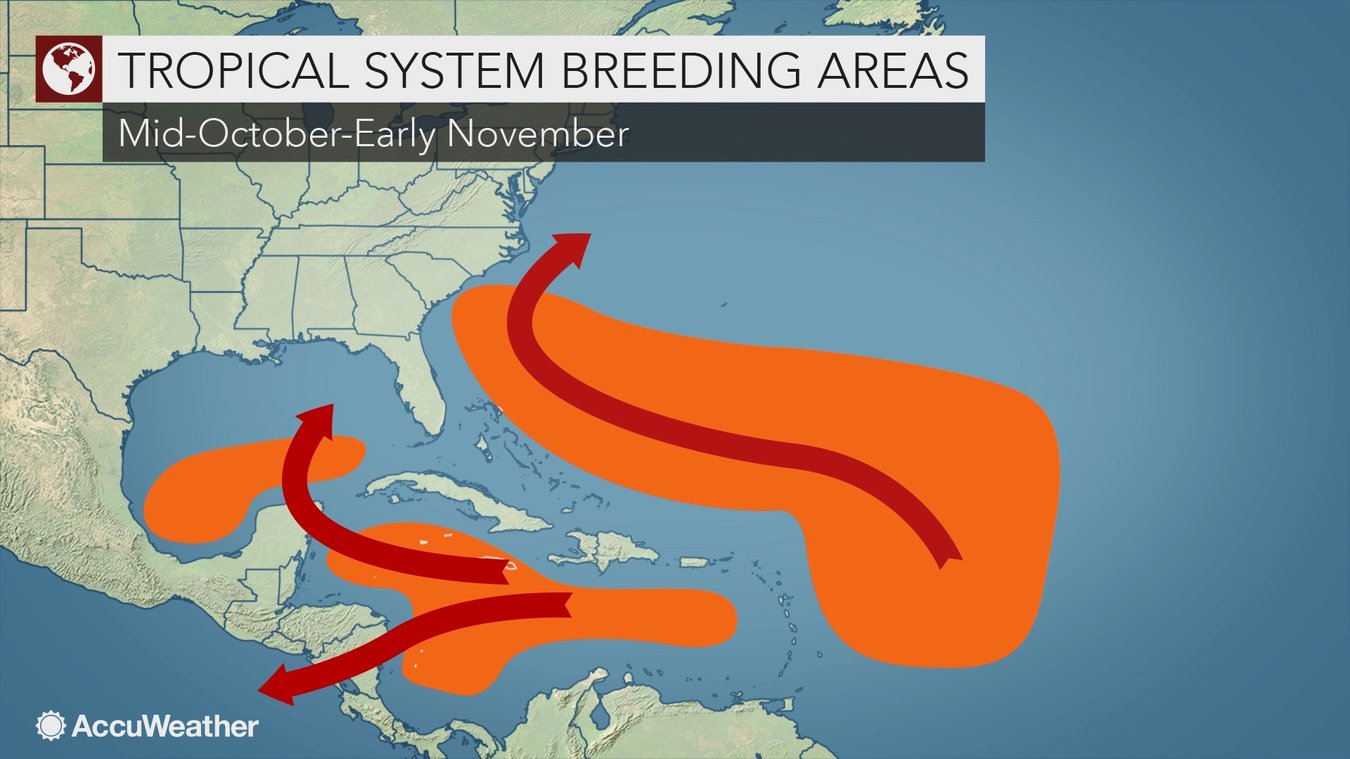
Another weather phenomenon playing a key role is La Niña, which historically tends to shift vertical wind shear northward and out of the Caribbean. La Niña occurs when the water near the equator of the Pacific Ocean is cooler than average. This, in turn, influences the jet stream and the track that storms take when moving across the country. If La Niña helps to make conditions become more favorable, the Atlantic basin might be able to churn out a few more storms before the season ends on November 30. Hurricanes can develop well into November and have even formed as late as January.
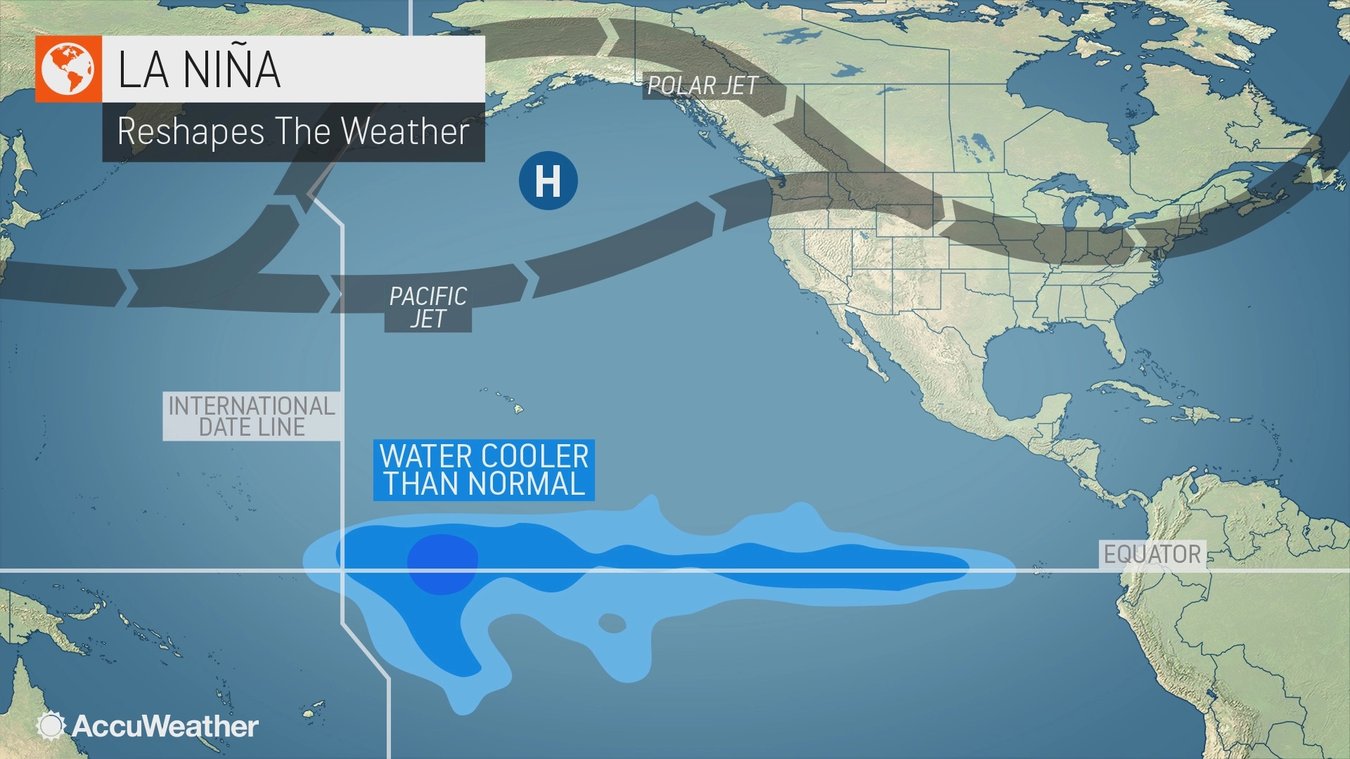
For more on this season’s tropical activity in the Atlantic, listen to AccuWeather’s Lead Hurricane Forecaster Dan Kottlowski and Senior Meteorologist Bernie Rayno.






